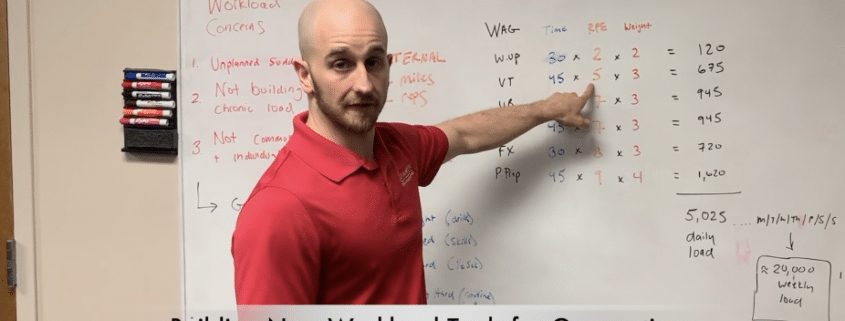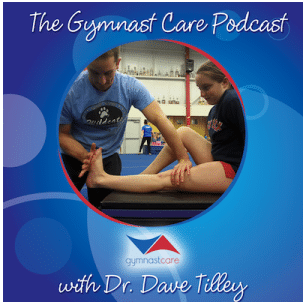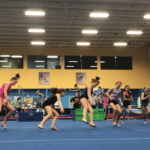My Best New Tool for Gymnastics Performance and Injury Risk Reduction
I was going to hold off on publishing this until I developed the pieces more, but I honestly think that it is too important to wait on sharing with the gymnastics world.
I wish I could say that injury rates and burnout rates have dropped over the last 5 years in gymnastics, but it’s not the case. Unfortunately, I think that these two things are only increasing. I also wish that gymnasts were having longer, healthier careers, but I also don’t think that’s the case.
It breaks my heart to work with gymnasts every month who have missed 2+ years of training due to overuse injury or to see multiple gymnasts per year quit gymnastics due to burnout.
Outside of culture change and education, there is one concept that I deeply believe can reduce the rates of injuries, burnout, and stalled performances in gymnastics – workload monitoring.
Monitoring workloads is a very hot topic in the world of sports and medical care. Many Professional and Olympic sports like soccer, baseball, and rugby have been using workloads with huge success to get insight for elevating performance and reducing injury risk (read more research here, here, here, and here)
The problem is, gymnastics is massively complicated with so many skills, levels, surfaces, and equipment to train on. It’s very hard to apply the concepts available in the research to our sport.
The stress on a gymnast doing a double back off Tumble Trak into the pit in training is fractional compared to a double back on the hard floor during a high-pressure meet.
Not to mention gymnasts percieving one event as more or less hard, have huge differences in skill difficulty, train a variety of hours/days per week, and not to mention the many other factors that impact stress on the human body, especially growing kids.
I have been working hard to finalize concepts and collect data using a new system I created to measure workloads in gymnastics more accurately. I wanted to build something that was specific to gymnastics training, easy to use and could be individualized to gymnasts across multiple events or disciplines. I’m still tinkering with the final pieces before offering it to people for use in training, but I’m getting close!
In this video, I walk people through the background of my tracking system, outline the concepts, and share a sample of the data I’m currently collecting across a 3-month internal research study. It’s a few minutes long, but I promise the concepts inside of it are absolutely essential for the future of our sport.
The first is filled out before practice. It measures hours of sleep, fatigue levels, soreness levels, resting heart rate, and mood. Although this is mixed, it generally leans to measuring internal workload or wellness.

The second I created for this research project has 4 weeks worth of training, broken down into warm up, events, strength & conditioning, and overall workloads.
It is also where coaches can log the weighting factor from the video (1 for basics, 2 for skills, 3 for half routines, 4 for full routines), any competitions on certain days, and write in weekly training loads.
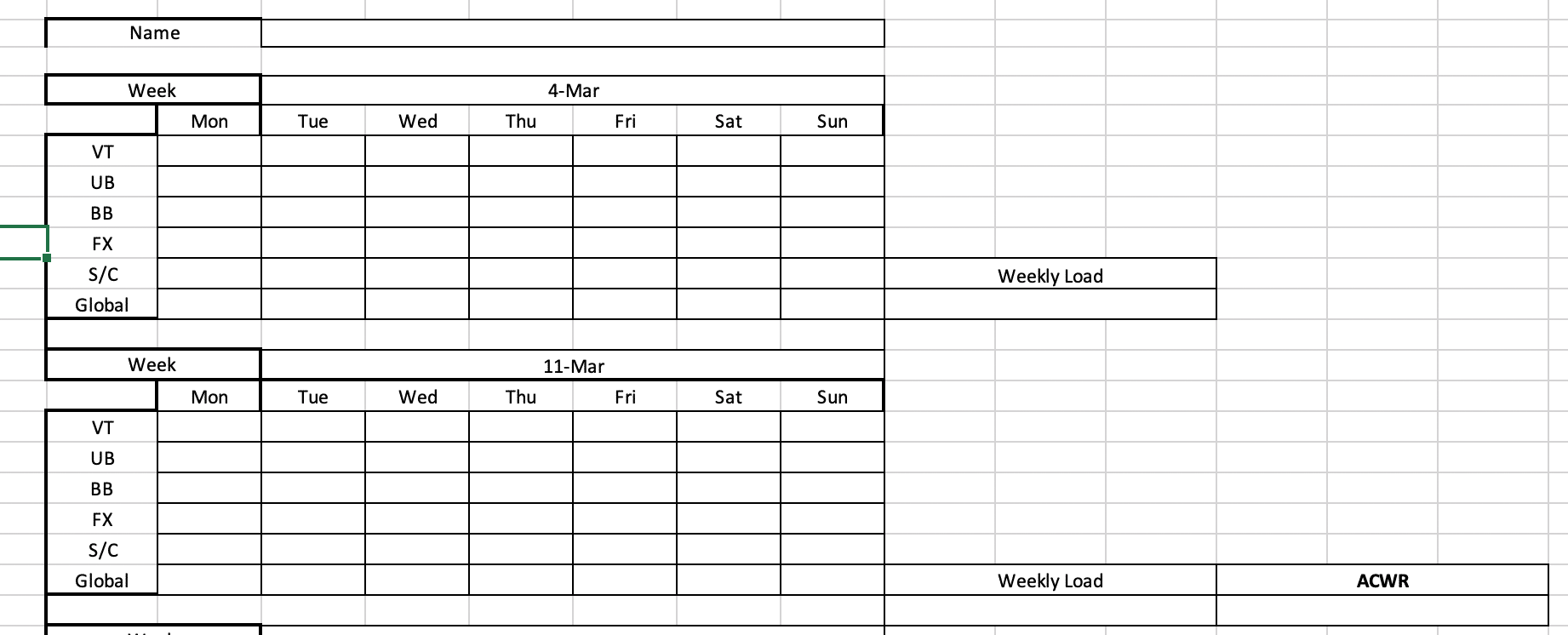
Then using some excel spreadsheets and number crunching workloads for the day, week, and acute to chronic workload ratios can be calculated.
Here is a screenshot example of one day for an optional gymnast on our team.
I have put in her RPE numbers, the events we worked, the time on each event, and the weighting factor of intensity.
Using an automatic program that I set up in excel to run the calculations, you can see when it all shakes out she has a very specific “gymnastics workload” for the day of 2445.
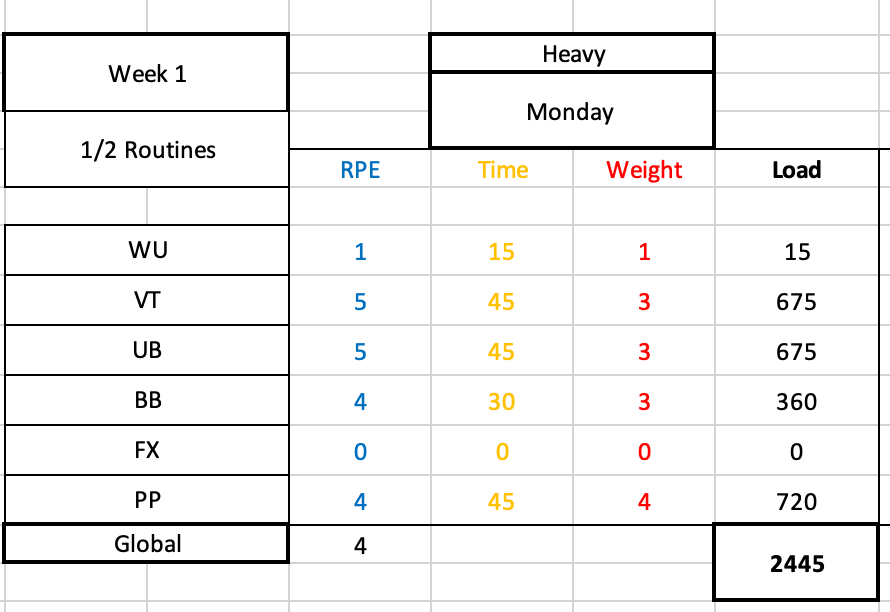
Once I ran calculations to add up two training weeks and compare them (one non meet week and one meet week), her first week was 7575 units, her second week 9045.
I was then able to calculate the acute to chronic workload ratio once compared to the weekly average was 1.19 (most research recommends hovering between 1.2 – 1.5 based on many factors).
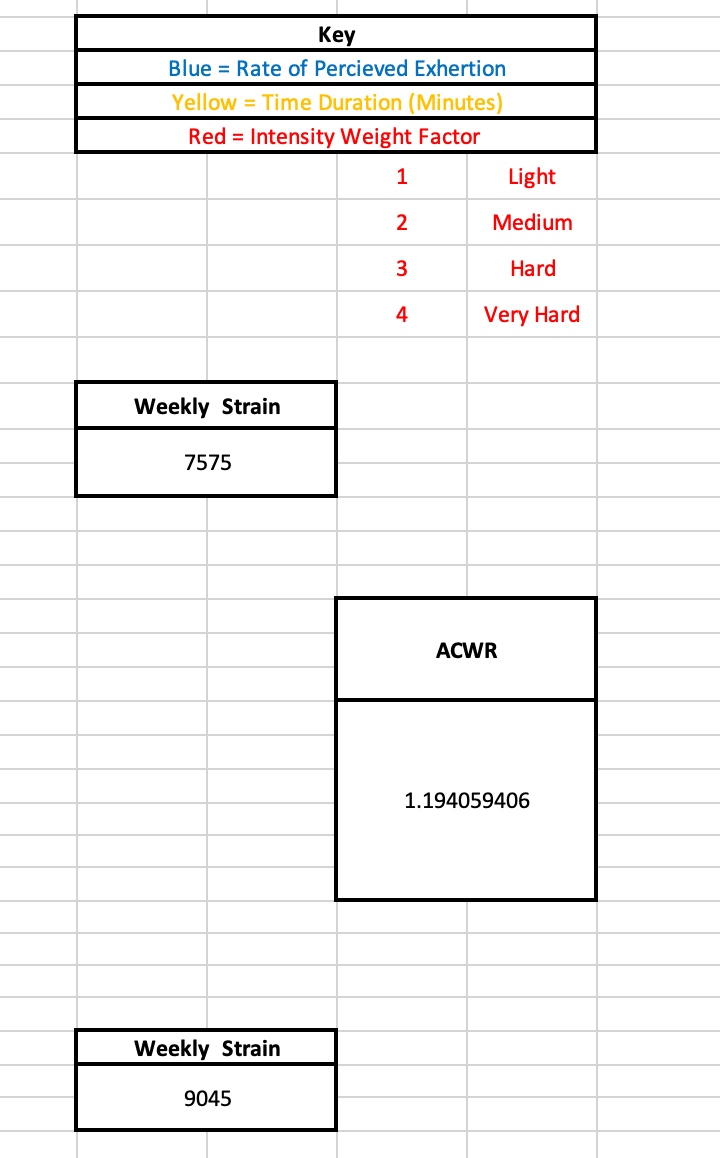
My hope is that over the next two months I will collect data from 15 gymnasts on our team, synthesize the statistics and see some useful patterns emerge.
I also hope that over this process I will finalize the spreadsheets and journaling so that it is super easy for people to use. I’ll be sure to post all the materials to download once I work the kinks out, and it’s super easy to use. In years to come, I hope this can be built into a quick iPhone app that athletes can log on their way home, which pushes to a cloud and runs the data automatically, and sends coaches/medical providers a clean summary of the day/week/month.
This way coaches can focus on coaching and communicating with their athletes, not running data.
Right now it is looking good, as adding only a few numbers takes 5 minutes before the session for the wellness data, and 5 minutes at the end of the session to log the rate of perceived exertion numbers on each event.
I just wanted to share this with people so they could wrap their head around the concepts, and then in a few months once the data is put together I will write another post with finalized concepts, worksheets to download, and excel spreadsheets that make it super easy.
Thanks for reading!
Dave
Dr. Dave Tilley DPT, SCS, CSCS
CEO/Founder of SHIFT Movement Science

